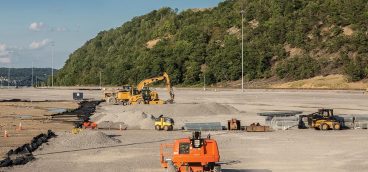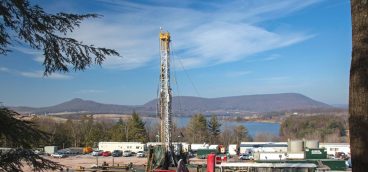Just after saying it has no plans to cut here, US Airways has reneged again.
Pittsburgh built the airline a $1 billion airport and has supported US Airways despite high fares and poor on-time performance, spurning low-cost carriers interested in this market. The result? Astounding cuts and the loss of hub status as one new CEO after another has tried new plans for profitability. Whether marooning its civic partner will lead US Airways to El Dorado is no longer Pittsburgh’s concern. Nor are the words of the airline’s leadership.
“We’re deeply committed to the commonwealth of Pennsylvania,” US Airways CEO Doug Parker said recently. “We’ve worked very hard to be good corporate citizens, to be good employers and we’ll continue to do that.”
It’s a tough, out-of-whack industry, which may no longer attract the caliber of leader who understands corporate citizenship. Within weeks, the airline will have 68 daily flights from Pittsburgh and 1,800 local employees.
That is a reduction of 474 daily flights and 10,195 Pittsburgh employees in the past six years.
For a region — a nation — to achieve its potential, it needs industry, government and the public working together. US Airways’ actions weaken that bond, deepen mistrust and harm prospects for future partnerships. They also overshadow our good fortune in having so many business leaders who embrace corporate citizenship.
Parker said US Airways is “still the largest airline in Pittsburgh.” Pittsburghers should change that.
On a pedestal: Phipps Conservatory
The Phipps Conservancy is on the pedestal for leading the nation in efforts to build a living building.
The Phipps is already an exemplar of sustainable practices with its Tropical Forest Conservatory, the most energy-efficient conservatory in the world. Now it’s shooting to create a building that coexists perfectly with its environment.
A national challenge was issued a year ago to create the first living building, with guidelines that go beyond LEED [Leadership in Energy and Environmental Design] certification and provide truly challenging specifications.
As part of the challenge, Phipps will strive to have zero net energy use and water consumption. That means capturing, treating and reusing water instead of just using more public water. Similarly, with energy, the idea is for Phipps to produce enough electricity through solar and other means so that when it needs to use energy from the public grid, the net effect is a wash.
All of this is slated for The Center for Sustainable Landscapes, which will be built where an old public works building now stands between Phipps and Panther Hollow. The Center, which will house administration, education and research, is in the design phase. Fundraising is under way, and groundbreaking is expected in the third quarter of 2008.
Under the leadership of Richard Piacentini, Phipps’ goal is to be America’s greenest garden.With the living building challenge, the Phipps team is setting a fine example and placing Pittsburgh in the vanguard of green construction.





